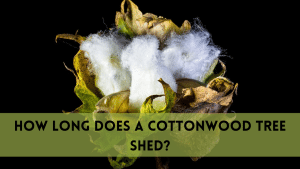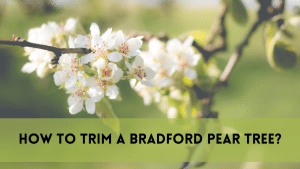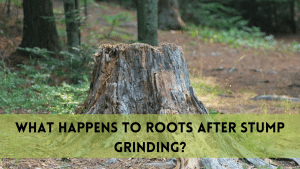If you’re wondering whether you can plant a tree where a stump was removed, the answer is a resounding yes! However, there are several essential considerations and steps to follow to ensure the success of your tree planting endeavor. In this comprehensive guide, we’ll walk you through the process, addressing key factors, potential challenges, and expert tips to ensure that your newly planted tree thrives and becomes a beautiful addition to your landscape.
1. Stump Removal Preparations
Before you even consider planting a new tree where a stump once stood, you need to ensure that the old stump has been entirely removed. Leaving remnants of the old stump in the ground can impede the growth of the new tree’s roots and result in poor overall health. Hire a professional tree removal service to grind or extract the stump properly.
2. Soil Analysis
The quality of the soil in the area where the stump was removed is crucial for the success of your new tree. Conduct a soil test to determine its composition, pH levels, and nutrient content. This analysis will help you choose the right tree species that can thrive in the specific soil conditions of your location.
3. Selecting the Right Tree Species
Not all tree species are suitable for every location. Consider factors such as climate, soil type, sun exposure, and available space when selecting the tree you want to plant. Native trees are often a great choice as they are adapted to the local environment and require less maintenance.
4. Planting Techniques
When planting the new tree, follow these steps to ensure optimal growth:
a. Digging the Hole
Dig a hole that’s slightly larger than the tree’s root ball. The hole should be deep enough to accommodate the roots without bending or crowding them.
b. Proper Placement
Position the tree in the center of the hole, making sure it’s straight and at the same level as the surrounding soil. Avoid planting the tree too deep, as this can lead to root suffocation.
c. Backfilling
Carefully backfill the hole with soil, gently tamping it down to eliminate air pockets. Water the tree as you fill the hole to settle the soil.
d. Mulching
Apply a layer of organic mulch around the base of the tree, but avoid piling it against the trunk. Mulch helps retain moisture, regulate soil temperature, and prevent weeds.
e. Watering
Provide the newly planted tree with adequate water, especially during the first year. A slow, deep watering every few days is better than frequent shallow watering.
5. Post-Planting Care
After planting your tree, it’s essential to monitor its growth and provide proper care:
a. Pruning
Regular pruning helps shape the tree and remove any dead or diseased branches. Pruning should be done during the tree’s dormant season.
b. Fertilization
Based on the soil analysis, provide the necessary nutrients to the tree. Be cautious not to over-fertilize, as this can harm the tree.
c. Pest and Disease Management
Keep an eye out for pests and diseases that can affect your tree. Address any issues promptly to prevent them from spreading.
d. Mulch Maintenance
Refresh the mulch layer as needed to maintain its benefits. Avoid piling mulch against the tree trunk.
Conclusion
Planting a new tree where a stump was removed is entirely feasible with the right preparation and care. By following the steps outlined in this guide, you can create an environment where your new tree can flourish and beautify your landscape for years to come. Remember to choose the appropriate tree species, analyze the soil, and provide post-planting care to ensure the success of your tree planting endeavor.




